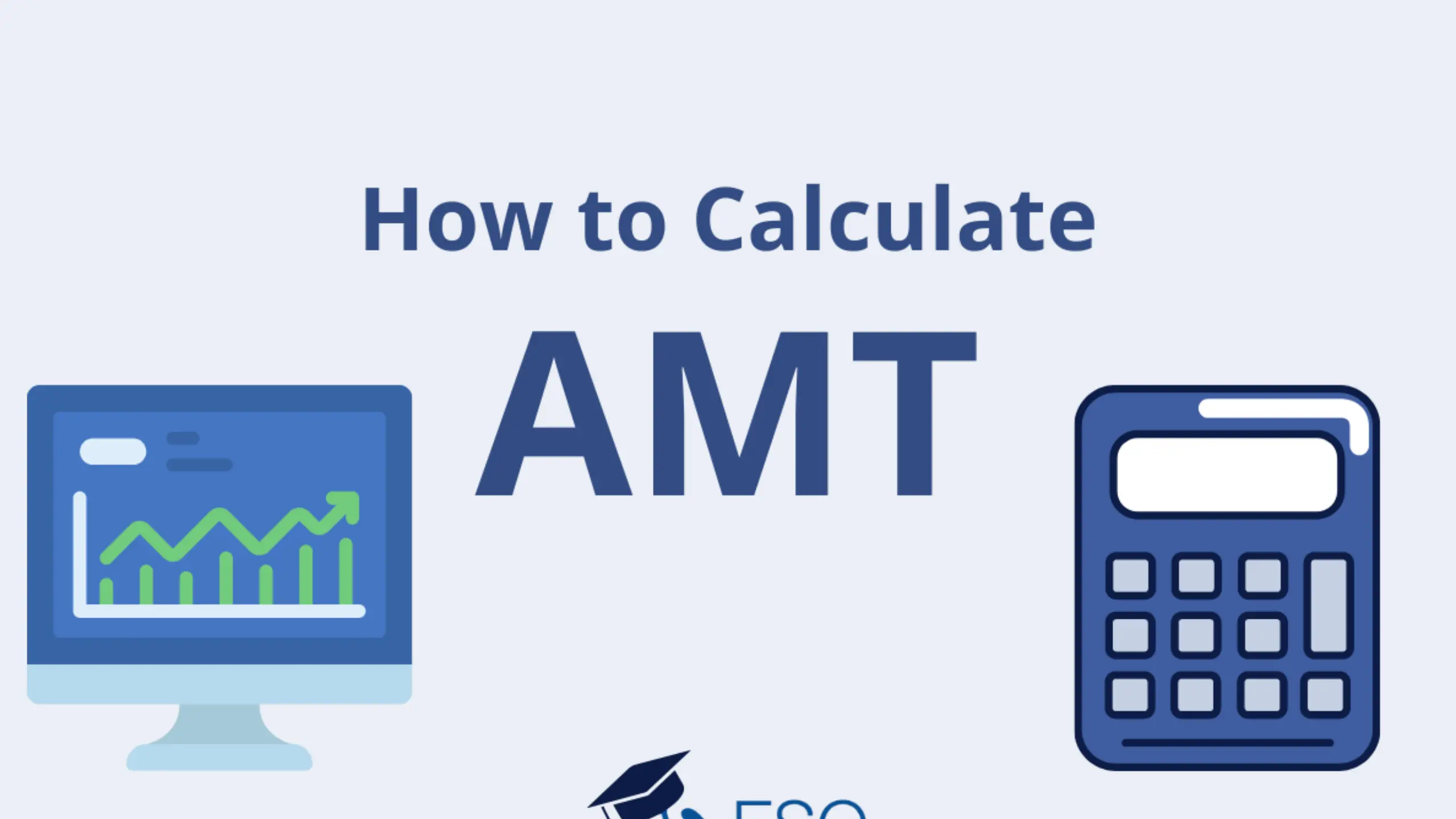The AMT ensures high-income earners pay a minimum tax, but it can also impact lower-income individuals in high-tax areas or with large families. Here are some ways to lessen its impact.
The Alternative Minimum Tax: An Overview
To properly mitigate the effects of the AMT, it is necessary to first understand how it operates. The AMT is a distinct tax system that exists in addition to the standard income tax. Under both systems, taxpayers must determine their tax burden and pay the greater of the two sums.
The AMT evaluates taxable income and allows specific deductions and credits based on its own set of rules. The following are some of the significant distinctions between the AMT and the ordinary tax system.
Deductions for state and local taxes are not permitted. The AMT prohibits taxpayers from deducting state and local income or property taxes. Which may be a substantial source of deductions for taxpayers in high-tax states.
Personal exemptions are not permitted. The AMT prohibits taxpayers from claiming personal exemptions for themselves, their spouses, or their dependents.
The standard deduction is limited:
The AMT has its standard deduction, which is smaller than the ordinary tax system’s standard deduction.
The AMT does not allow some itemized deductions that are otherwise permitted.. Such as certain medical expenditures, miscellaneous deductions, and home equity interest.
With these distinctions in mind, let us look at some ways of mitigating the effects of AMT.
Avoid activating the AMT:
One of the most straightforward methods to reduce the effect of AMT is to avoid activating it in the first place. The following are some frequent AMT triggers:
High state and local taxes: Residents of high-tax states may be more likely to be subject to the AMT since they cannot deduct all of their state and local taxes.
Big families:
Taxpayers with many dependents may be more vulnerable to the AMT as they cannot claim personal exemptions for all of them.
High itemized deductions:
Taxpayers with a high number of itemized deductions, especially those forbidden under the AMT, may be more likely to be subject to the AMT.
To avoid paying the AMT, taxpayers may do the following:
Reducing itemized deductions: If a taxpayer’s itemized deductions are near the AMT limit, he or she should consider taking the standard deduction rather than itemizing.
Income spread:
Taxpayers who have control over the timing of their income may wish to consider spreading it out over numerous years to avoid triggering the AMT in any one year.
Taxpayers may wish to consider investing in tax-advantaged. Such as IRAs, 401(k)s, or municipal bonds, which are not subject to the AMT.
Increase your above-the-line deductions:
Above-the-line deductions are those taken before computing adjusted gross income. Using deductions available under both the normal tax system and the AMT can reduce the impact of the AMT.
Some examples of typical above-the-line deductions are:
Health savings account (HSA) contributions: Contributions to an HSA are also above-the-line deductions that can help reduce AGI and potentially lower AMT liability.
Student loan interest:
Taxpayers can deduct up to $2,500 in student loan interest each year, which is an above-the-line deduction that can help lower AGI and potentially reduce AMT liability.
Conclusion:
The Alternative Minimum Tax can be a complex and challenging tax system to navigate. However, by understanding the rules of the AMT and employing some of the strategies discussed above, taxpayers can potentially minimize its impact on their tax liability. By avoiding AMT triggers, maximizing above-the-line deductions, deferring or accelerating deductions, considering tax-efficient investments, and seeking professional advice, taxpayers can potentially reduce their AMT liability and save on taxes.

